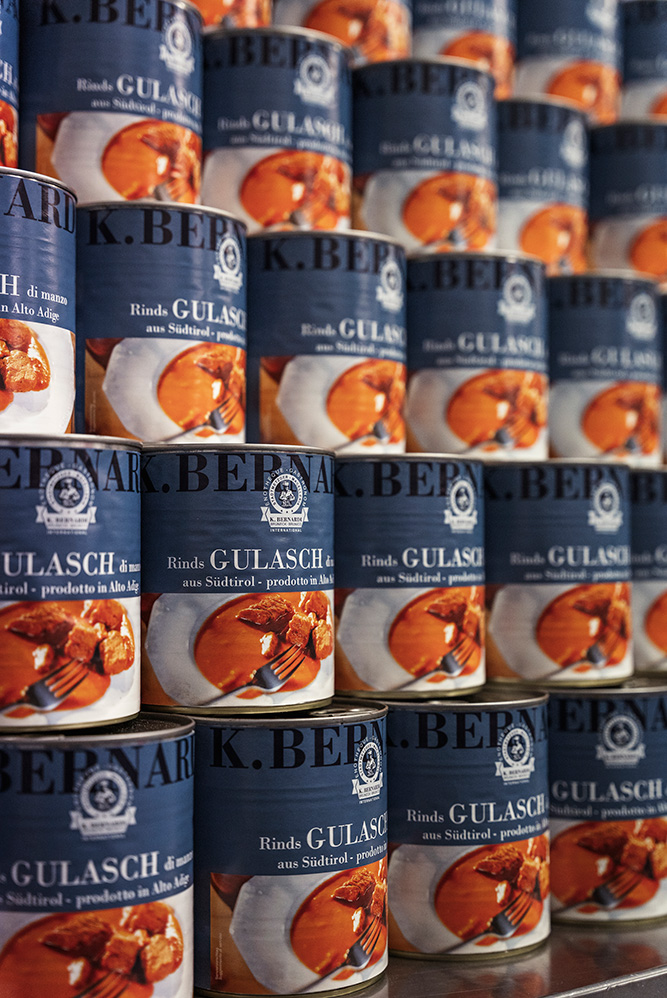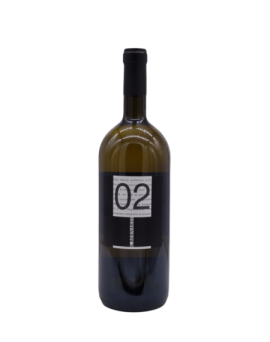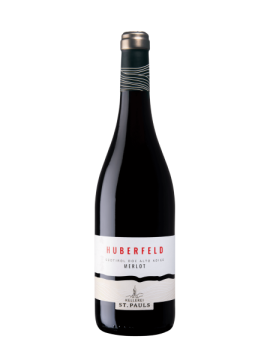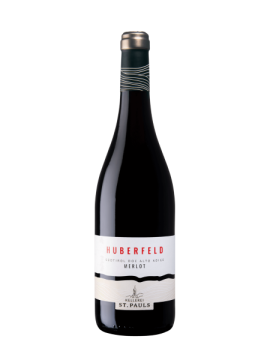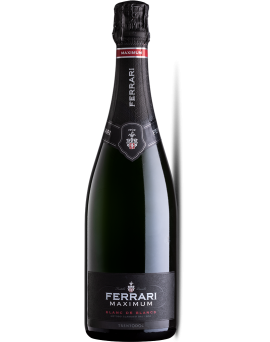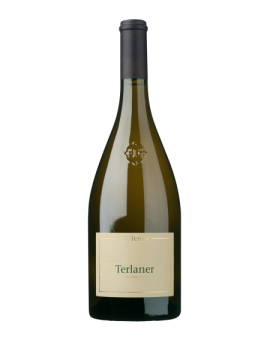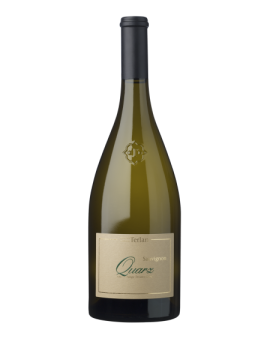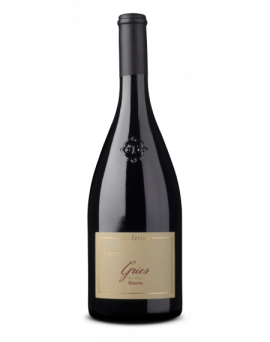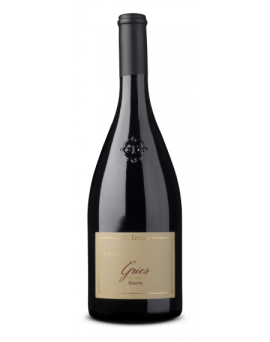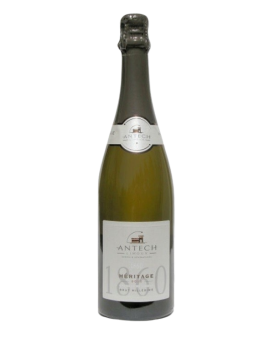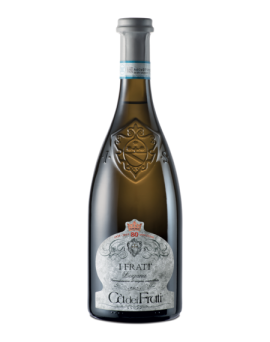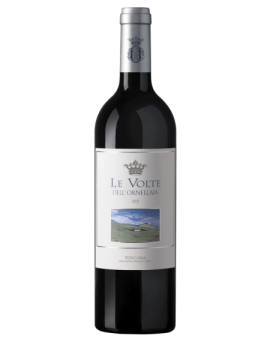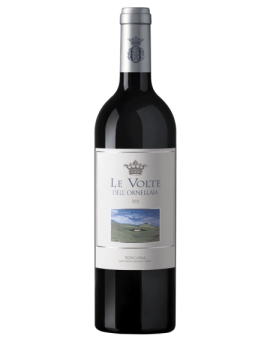Basket
0
Active filters
Magnum Maximum Blanc de...
The first, contemporary<br />The first label produced by Giulio Ferrari at the beginning of the 20th century, this is the Blanc de Blanc with its unmistakable style that captivates with its freshness and<br />fragrance.<br /><br /><br /><br />Colour and perlage<br />Bright straw yellow and remarkably persistent perlage.<br /><br />Bouquet<br />Of great intensity. The fruity notes typical of Chardonnay prelude to pleasant hints of bread crust and hazelnut conferred by the more than 30 months of ageing on the lees<br /><br />Taste<br />Fresh and with great finesse, it makes for an inviting and satisfying sip. The long finish offers nuances of citrus and mineral sensations<br />
Price
€64.40
Magnum Terlaner klassisch...
Terlaner Cuvée 2021<br /><br />'Our historic cuvée, which has been produced since the founding of the winery, presents itself as a very complex wine thanks to the composition of the three most traditional<br />Terlan white wine varieties: Pinot Blanc, Chardonnay and Sauvignon Blanc. Pinot Blanc, which forms the main part, provides freshness and a good acid structure,<br />Chardonnay flatters with softness and warmth while Sauvignon complements the cuvée with its fine aromatics.'<br />Rudi Kofler<br /><br />Region of Origin: South Tyrol - Italy<br />DOC area: South Tyrol Terlan<br />Variety: 60%Wißburgunder,30%Chardonnay,10%Sauvignon Blanc<br />Vintage: 2021<br />Yield: 63 hl/ha<br />Orientation: South - Southwest<br />Slope: 5 - 60<br />Altitude: 280 - 700 m<br /><br />Harvest and grape selection by hand; gentle pressing and clarification of the must by natural sedimentation of the lees; slow fermentation at controlled temperature in<br />stainless steel tanks; ageing and maturation for 6-7 months on the fine lees partly in stainless steel tanks (80%) and partly in large wooden barrels (20%).<br /><br />Alcohol content: 14 % vol.<br />Residual sugar: 1,2 g/l<br />Total acidity: 6.3 g/l<br />
Price
€39.00
Magnum Sauvignon 2022 Quarz...
<br />'Our Sauvignon selection, which has been given a truly descriptive name, is as filigree as the fine quartz flecks in the volcanic porphyry rock of Terlan. Characteristic of the<br />quartz are its fine texture and depth as well as a salty reverberation, which have in the meantime brought this noble white wine international renown.'<br />Rudi Kofler<br />Wine<br /><br />Region of Origin: South Tyrol - Italy<br />DOC area: South Tyrol Terlan<br />Variety: 100% Sauvignon Blanc<br />Vintage: 2018<br />Orientation: South - Southwest<br />Slope: 10 - 40<br />Altitude: 300 - 550 m<br /><br />Vinification<br />Harvest and grape selection by hand; gentle whole bunch pressing and clarification of the must by natural sedimentation of the lees; slow fermentation at controlled<br />temperature and maturation for 9 months on the fine lees partly in large wooden barrels (50%) and partly in stainless steel tanks (50%); assemblage three months before<br />bottling.<br /><br />Technical data<br />Alcohol content: 14,0 % vol.<br />Residual sugar: 2,7 g/l<br />Total acidity: 6,8 g/l<br /><br />Recommended with food<br />An exciting accompaniment to oysters, salmon tartare or cruditè of shellfish; also to green apple risotto with cross-roasted brook trout fillet, steamed langoustines or roast<br />lamb in a herb crust with braised asparagus; mature goat's cheese.<br /><br />Character<br />Colour: Sparkling yellow-green<br />Nose: Enticingly exotic with a multi-layered fruit of mango, papaya, lime and red grapefruit but also herbal aromas reminiscent of lemongrass, lemon balm, mint and green<br />tea, this Sauvignon presents itself in the glass. In addition, it also reveals mineral flint notes combined with a hint of gooseberries.<br />Taste: An extremely interesting interplay is experienced on the palate, where the juicy fruit aromas combine with the delicate minerality to create a remarkable harmonious<br />fullness and a powerful and long finish.<br />
Price
€121.50
Magnum Lagrein 2021 Gries...
Gries Riserva<br /><br />'The alluvial soils in the Gries district of Bolzano are ideally suited to the autochthonous red wine variety Lagrein, which was first mentioned in writing as early as 1379. Our<br />Lagrein Gries impresses with its fruity berry aromas, but also noble spicy notes and its juicy, balanced body.'<br />Rudi Kofler<br /><br />Wine:<br />Region of Origin: South Tyrol - Italy<br />DOC Region: South Tyrol<br />Variety: 100 % Lagrein<br />Vintage: 2018<br />Yield: 56hl/ha<br />Orientation: South - Southwest<br />Slope: 0 - 5<br />Altitude: 250 m<br /><br />Vinification:<br />Harvest and grape selection by hand; destemming of the grapes followed by slow maceration at controlled temperature and gentle maceration in stainless steel tanks;<br />malolactic fermentation and ageing for 12 months partly in large wooden barrels (50%) partly in barriques (50%). For the maturation in the barrique barrels, one third new<br />wooden barrels are used. Assemblage three months before bottling.<br /><br />Technical data:<br />Alcohol content: 14,0 % vol.<br />Residual sugar: 1,4 g/l<br />Total acidity: 4,9 g/l<br />Serving temperature: 16 - 18 °C<br />Food pairing: In combination with roast chamois with root vegetables or veal cheeks braised in Lagrein with root vegetables.<br /><br />Character:<br />Colour: intense ruby to garnet red with a subtle violet hue.<br />Aroma: The bouquet reveals earthy-mineral notes that are beautifully combined with fruity aromas, with the scent of sour cherries and plum jam and bitter chocolate standing<br />out in particular.<br />Taste: These spicy yet velvety fruity notes also create tension on the palate, where this Lagrein Riserva presents itself with a multi-layered fullness and extreme complexity.<br />
Price
€61.40
Magnum Lagrein 2020 Gries...
Gries Riserva<br /><br />'The alluvial soils in the Gries district of Bolzano are ideally suited to the autochthonous red wine variety Lagrein, which was first mentioned in writing as early as 1379. Our<br />Lagrein Gries impresses with its fruity berry aromas, but also noble spicy notes and its juicy, balanced body.'<br />Rudi Kofler<br /><br />Wine:<br />Region of Origin: South Tyrol - Italy<br />DOC Region: South Tyrol<br />Variety: 100 % Lagrein<br />Vintage: 2018<br />Yield: 56hl/ha<br />Orientation: South - Southwest<br />Slope: 0 - 5<br />Altitude: 250 m<br /><br />Vinification:<br />Harvest and grape selection by hand; destemming of the grapes followed by slow maceration at controlled temperature and gentle maceration in stainless steel tanks;<br />malolactic fermentation and ageing for 12 months partly in large wooden barrels (50%) partly in barriques (50%). For the maturation in the barrique barrels, one third new<br />wooden barrels are used. Assemblage three months before bottling.<br /><br />Technical data:<br />Alcohol content: 13,5 % vol.<br />Residual sugar: 1,7 g/l<br />Total acidity: 5,0 g/l<br />Serving temperature: 16 - 18 °C<br />Food pairing: In combination with roast chamois with root vegetables or veal cheeks braised in Lagrein with root vegetables.<br /><br />Character:<br />Colour: intense ruby to garnet red with a subtle violet hue.<br />Aroma: The bouquet reveals earthy-mineral notes that are beautifully combined with fruity aromas, with the scent of sour cherries and plum jam and bitter chocolate standing<br />out in particular.<br />Taste: These spicy yet velvety fruity notes also create tension on the palate, where this Lagrein Riserva presents itself with a multi-layered fullness and extreme complexity.<br />
Price
€58.80

